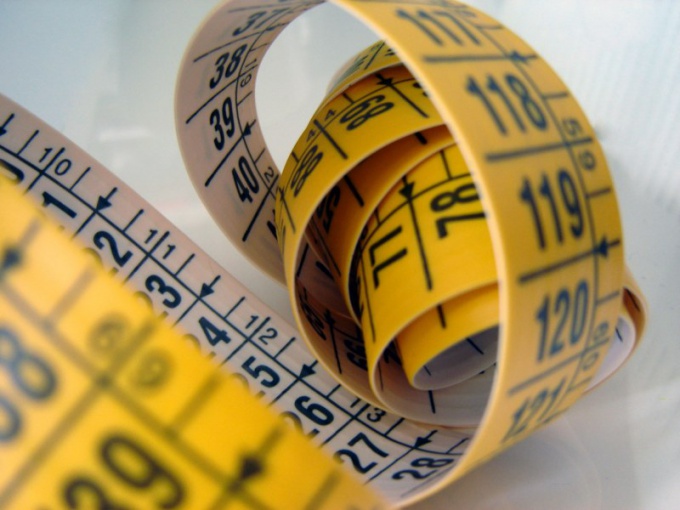You will need
- - tracing;
- - graph paper;
- thin, but firm cardboard;
- - plastic film;
- - paraplan;
- - copy paper;
- - needle;
- - ball point pen;
- - dressmaker pins;
- - scissors;
- - boot knife;
- - flat Board.
Instruction
1
Move or build a pattern. It is possible to pick any fashion magazine or find on the Internet. If necessary, increase it. If you do not find anything suitable, sacrifice something of the old, but the right clothes. Strut it by the seam and trim to size. The undercut also strut. Cut them do not have can be transferred to the mold in another way.
2
Very often the patterns are made from cardboard. Pick up a sheet of large format. Put on it the pattern and trace with a ballpoint pen on a path. Cut out the pattern. If the pattern you are using an item of fabric and it has undercut, they also need to be translated. Place the undercut pin pins tailor's carbon paper so that the coloring layer is not in contact with tissue. Place the item on the template, carefully aligning the contours. You can also hold them together with pins. The blueprint needs to touch the patterns. Draw a circle around the recess and cut her.
3
The undercut can be translated in another way. Immediately after you will turn the edges of the product, prick the outline of the recess with a thick needle or awl, needle felting and fabric, and cardboard. The holes should be at a distance of 0.3-0.5 cm from each other. Remove the detail of the fabric, trace the groove of a ballpoint pen and cut out the pattern.
4
If you have nowhere to store patterns out of cardboard, make them out of more plastic material. For example, polyethylene film. Film select transparent, but dense, kind of what the cover of the greenhouse. In this case it is possible not to transfer the pattern from the magazine on tracing paper, and draw it directly into the polyethylene with a ballpoint pen and then cut. Such patterns can be stored in collapsed form even in a very small box.
5
You can make patterns out of thin paraplane. The order of operation is the same as with the cardboard. Cut better with a sharp knife, putting paraplan on a flat large Board. It is necessary that the knife was perfectly vertical, otherwise when cutting you will get error. Such patterns can be stored rolled-up.
Note
If at hand are no large sheets of cardboard, glue together a few small. This must be done before you begin to draw the pattern. Glue the leaves are either overlapping or staple them together at the butt tape. In the second case the pattern will be convenient to take shape.
.
.
